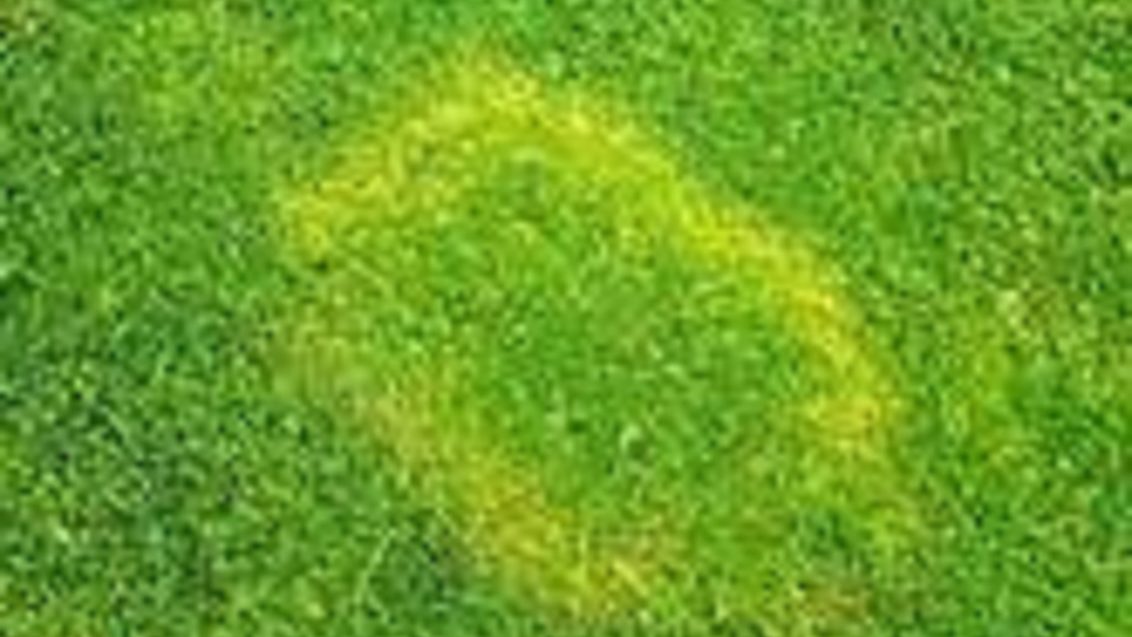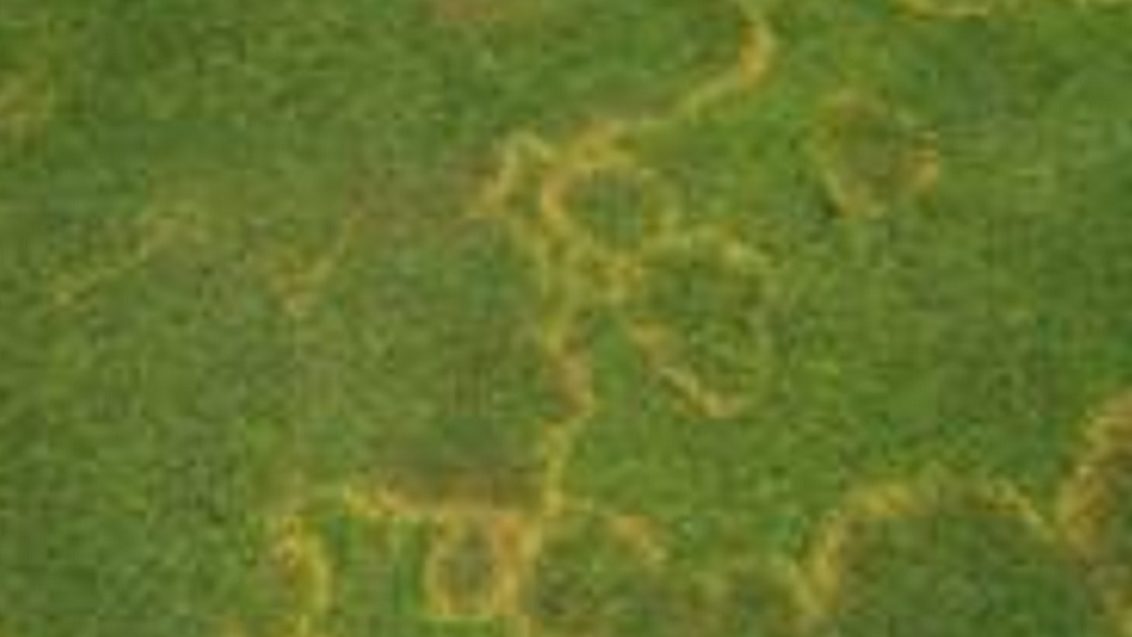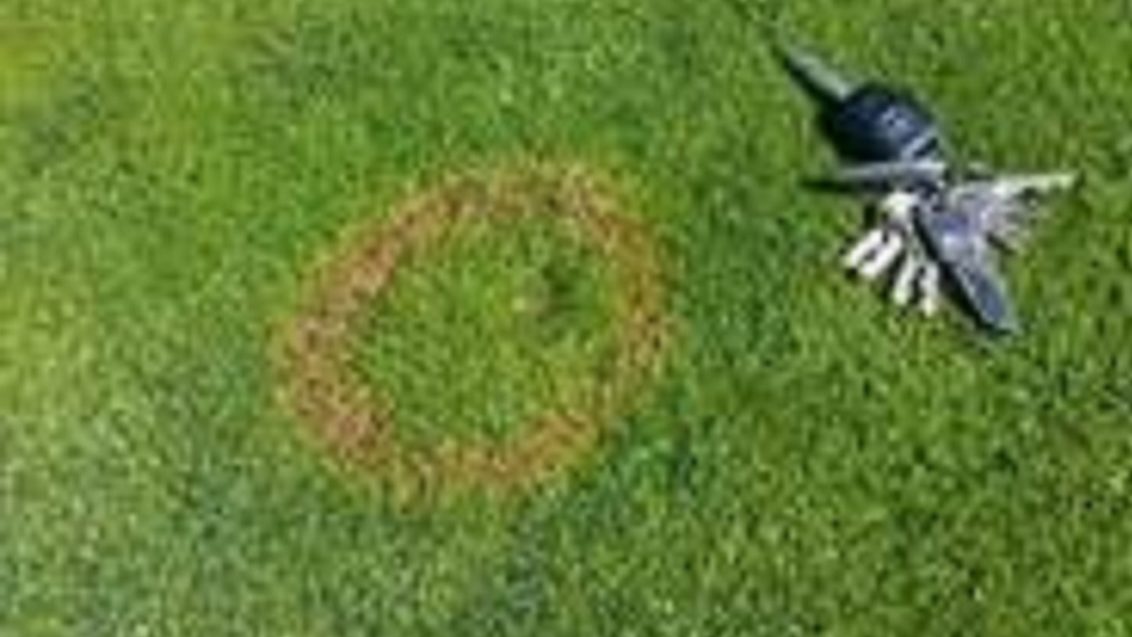Brown Ring Patch / Waitea Patch
Turf Disease
Brown ring patch is similar to other Rhizoctonia diseases, but does not react the same way to fungicides. It is a unique turfgrass disease that does not respond to management and environmental conditions in the same way as other diseases caused by R izoctonia.
It is a disease that occurs in short-mowed annual bluegrass turf in cool, humid climates.
Brown ring patch is often observed from early spring when annual bluegrass is breaking dormancy through to late spring. However, in cooler regions, it can be a problem during the summer when air temperatures range from 65 F to 95 F (18 C to 35 C).
Symptoms
- Typically waitea patch begins as small, thin yellow rings with green grass in the centre. The rings can range from 10 - 30 cm in diameter. Rings may be circular or irregular in shape and may become oange or brown over time. In some cases the pathogen may even kill the turf.
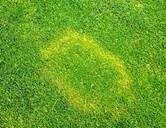
| 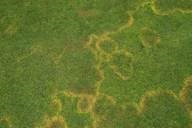
| 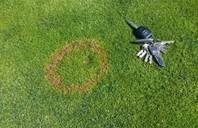
|
- Patches often have a greenish colour behind the yellow ring which tends to be soft and sunken
- Symptoms are very similar to those of yellow patch, and can also be confused with fairy ring and summer patch. Unlike yellow patch however, waitea patch tends to occur over a broader range of temperatures, and persists into the warmer weather of the summer. In addition, rings of this disease often appear as a series of smaller interconnected crescents, rather than the fairly circular rings typically observed with yellow patch (R izoctonia cereale), a pattern that can often be used in the feld to distinguish between these similar diseases.
- Can cause necrosis in hot, wet weather
- Can be more damaging to annual bluegrass than bentgrass
- Damage to turf can be hard to recover from since it can degrade thatch resulting in dead, sunken rings. Because the pathogen survives in the lower canopy and thatch, fungicide placement may also affect disease control.
- After a severe outbreak, the rings may be sunken, are extremely slow to heal and can adversely affect golf ball roll.
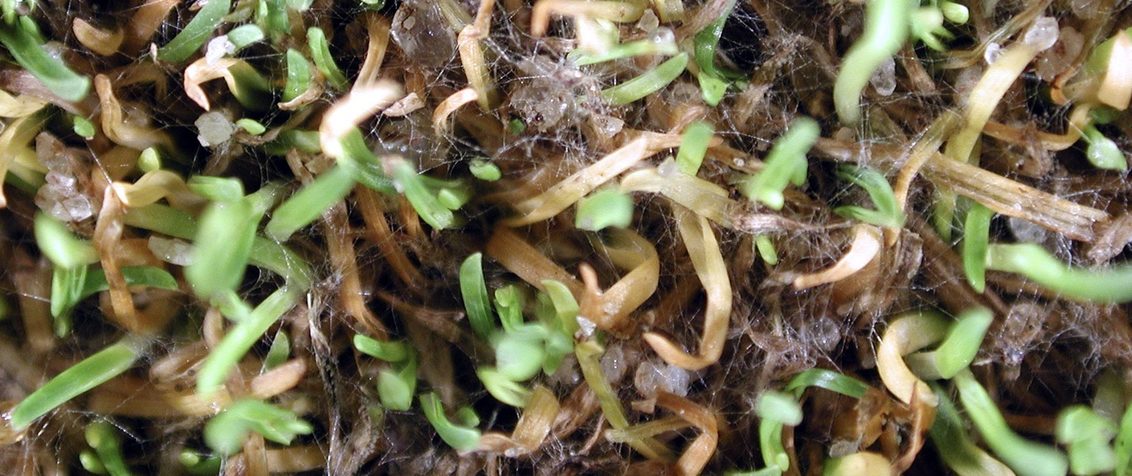
Conditions favouring disease
The disease can first appear in the cooler weather of the spring and persist into the warm temperatures of the summer.
Infection has been shown to occur between 10° - 35° C with optimal temperatures of 25° to 30° C. The pathogen is thought to infect the upper roots, crown, stem and leaves of individual plants. It also appears to degrade thatch, which can cause sunken rings on putting greens.
Advice in the video from Dean Mosdell, Technical Manager for Syngenta Turf and Landscape in the US about treating waitea patch.
ITM
- Rearchers in California investigated the impact of nitrogen fertilizer. The research indicated that increasing fertilizer inputs reduced the severity of brown ring patch.
- This research also indicated that turf in aerifcation holes was less affected by this disease which confrms some previous reports suggesting that the amount of thatch, organic matter and compaction may play a role in disease severity and control.
Chemical control
- Turf receiving preventive fungicide treatments typically had signifcantly less brown ring patch than the untreated control, but this was not the case for most of the curative treatments.
- You may see a greening resonse in areas that have been severely blighted. This symptom is likely due to a breakdown of organic matter (thatch) and a release of nitrogen and other nutrients resulting in enhanced greening that could be confused with Type II fairy rings (dark green stimulated turf in a circular patch). Fungicide applications targeting these fairy ring like symptoms would likely have no effect if the patches were caused by brown ring patch.
- When environmental conditions favor disease development, adequate irrigation, nitrogen fertility and fungicide applications should be used to reduce the potential for severe brown ring patch epidemics.
- If brown ring patch becomes active, it can take up to 14-21 days or more for signifcant recovery to occur. Repeated fungicide applications on a 14-day interval and increased nitrogen applications will aid in recovery if conditions remain conducive for disease development.

